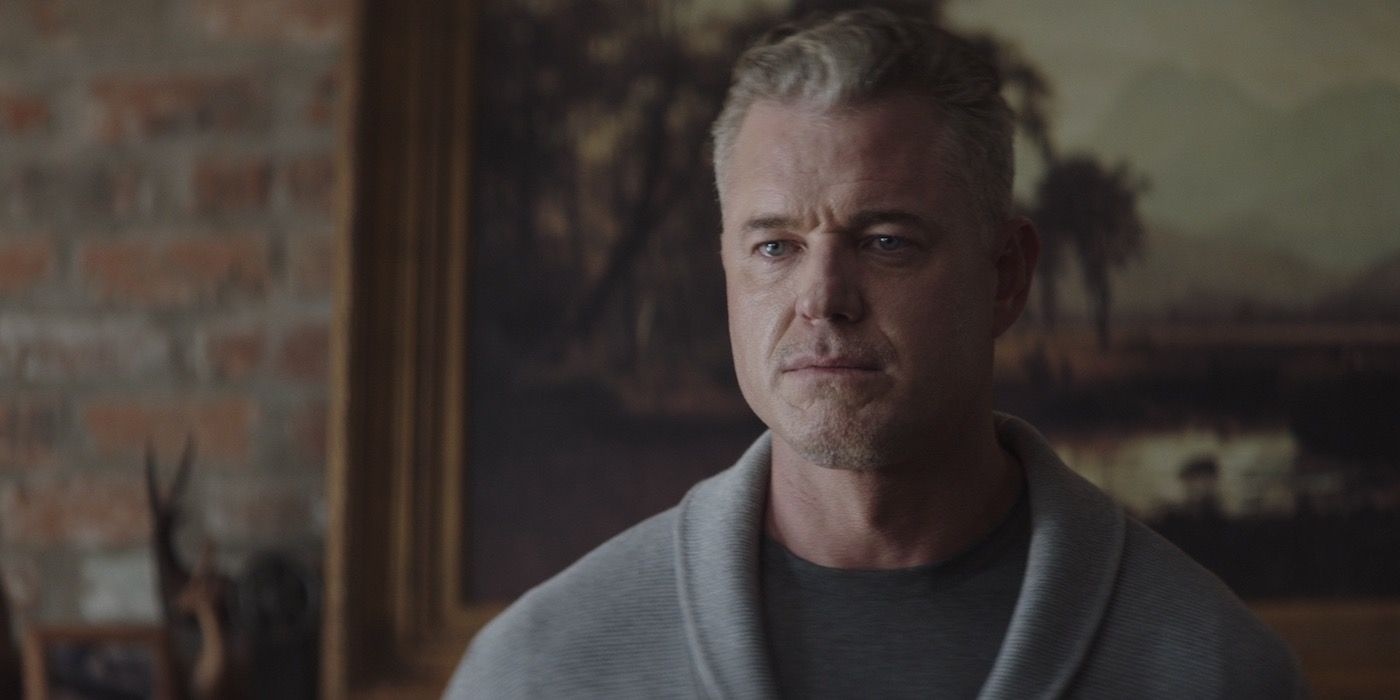


Not only are we not born with such things, we also don’t develop them – ever. If we lacked any of these capabilities at birth, we would probably have trouble surviving.īut here is what we are not born with: information, data, rules, software, knowledge, lexicons, representations, algorithms, programs, models, memories, images, processors, subroutines, encoders, decoders, symbols, or buffers – design elements that allow digital computers to behave somewhat intelligently. Senses, reflexes and learning mechanisms – this is what we start with, and it is quite a lot, when you think about it. Perhaps most important, newborns come equipped with powerful learning mechanisms that allow them to change rapidly so they can interact increasingly effectively with their world, even if that world is unlike the one their distant ancestors faced. It grasps things placed in its hands so strongly it can nearly support its own weight. It holds its breath when submerged in water. It turns its head in the direction of something that brushes its cheek and then sucks whatever enters its mouth. We are, without doubt, built to make social connections.Ī healthy newborn is also equipped with more than a dozen reflexes – ready-made reactions to certain stimuli that are important for its survival. It prefers the sound of voices to non-speech sounds, and can distinguish one basic speech sound from another. A baby’s vision is blurry, but it pays special attention to faces, and is quickly able to identify its mother’s. Thanks to evolution, human neonates, like the newborns of all other mammalian species, enter the world prepared to interact with it effectively. To see how vacuous this idea is, consider the brains of babies. For more than half a century now, psychologists, linguists, neuroscientists and other experts on human behaviour have been asserting that the human brain works like a computer. Our shoddy thinking about the brain has deep historical roots, but the invention of computers in the 1940s got us especially confused. But it does not contain most of the things people think it does – not even simple things such as ‘memories’. The human brain isn’t really empty, of course. No matter how hard they try, brain scientists and cognitive psychologists will never find a copy of Beethoven’s 5th Symphony in the brain – or copies of words, pictures, grammatical rules or any other kinds of environmental stimuli.


 0 kommentar(er)
0 kommentar(er)
